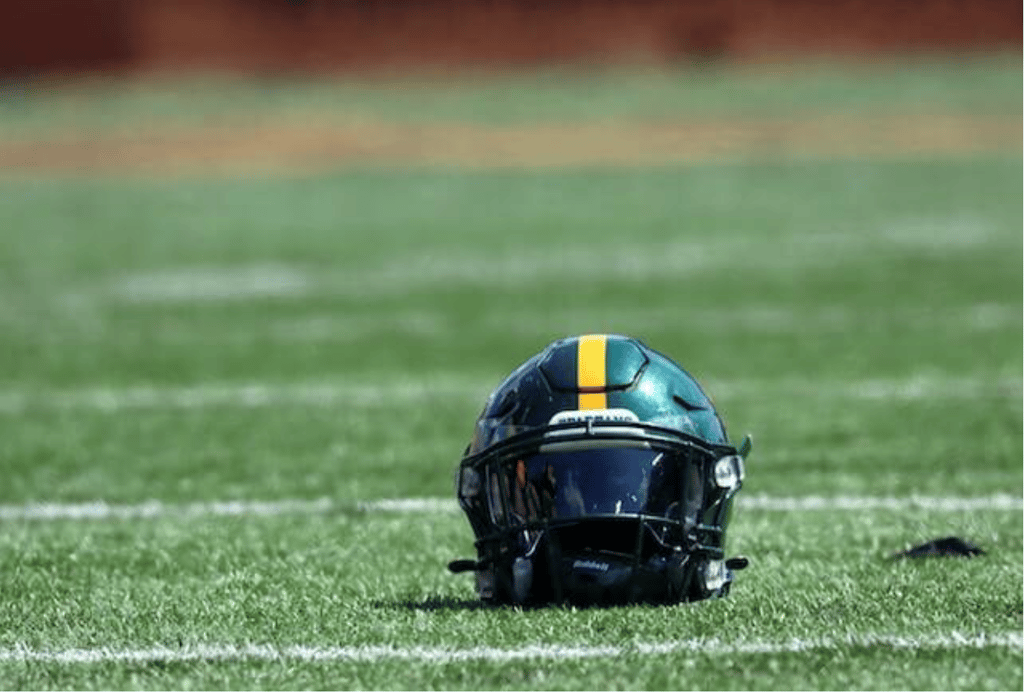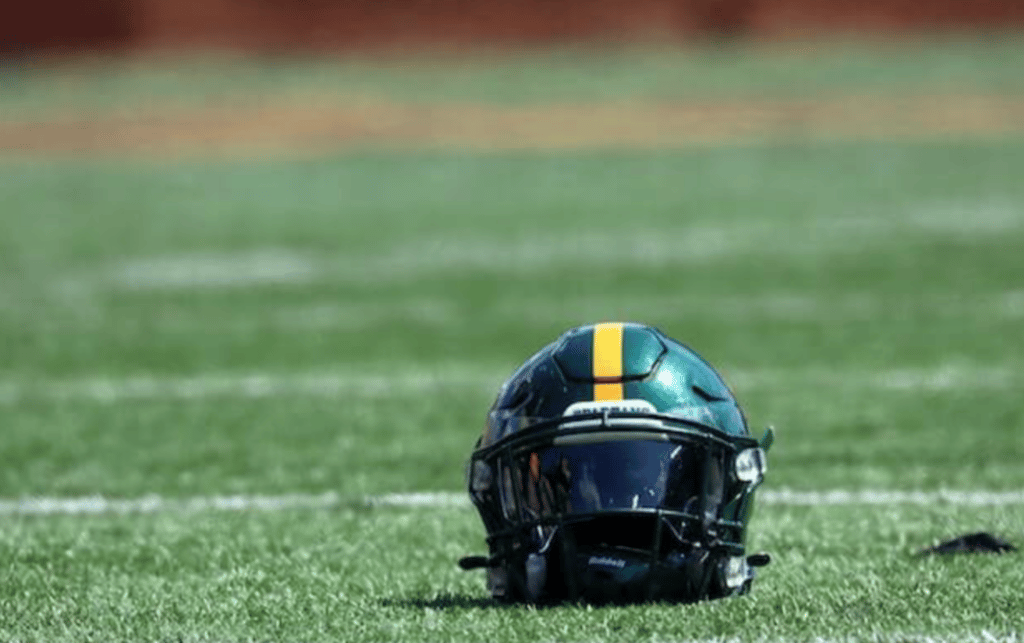
The spring practice began on March 9th for Arkansas, with a considerable roster and coaching turnover to try and deal with in the demanding SEC West. There were high expectations entering the 2022/23 season for the Razorbacks. Still, an injury in the defensive area to quarterback KJ Jefferson has created a significant struggle, with the team dropping to a 7-6 finish. 2023 is looking to tell a sweeter tale with the return of Jefferson and star running back Rocket Sanders, meaning that the offensive form should be among the best-ranked in the SEC. That said, it all falls to a fluid transition with new coordinator Dan Enos and a few gaps filled in the team.
If Arkansas wants to finish in the Top 25 in the SEC West, falling behind Alabama and LSU, there has to be a considerable improvement in the defensive area, which was among the worst in the conference last year. Although Arkansas has been seen to show the worst defensive display in the SEC, compared to the ACC in college football, it looks like the season could be salvaged.
Coach Sam Pittman hired Travis Williams to improve the defense after Barry Odom left UNLV to become the head coach. As Williams examines the returning personnel this spring, he gets his first look at how the transfers fit in. There are only eight returning starters for the Razorbacks, so both sides will have to find new faces.
Dan Enos Takes Over the Offense
It looks like Kendal Briles is departing for TCU this year, but Enos is set to be a replacement which is excellent as he is already experienced from the work he has done from 2015/17 as a play caller in Fayetteville. Enos served as an assistant coach at Alabama, Maryland, Miami, and Cincinnati after his tenure with the Razorbacks. The two had already worked well together (Enos was Pittman’s offensive coordinator when he was at Arkansas) and are comfortable with how Enos will operate offensively.
The great thing about Sanders and Jefferson returning is that Enos won’t have to make that many tweaks due to the previous records of 32.5 points a game average and 6.4 yards per play. The spring is the first chance that Enos and Pittman have to make any potential adjustments and shifts in the philosophy of Arkansas for the rest of 2023.
How Does the Offensive Line Look?
With Pittman being one of the greatest offensive line coaches in college football, it is hard to worry about the loss of three starters Arkansas has seen. There is no doubt that he can drastically help Cody Kennedy in finding the perfect five. The offensive unit was ranked as some of the best in the SEC last season, but only Luke Jones (left tackle), Ricky Stromberg (center), and Dalton Wagner (right tackle) are left.
After starting at center in the Liberty Bowl, Beaux Limmer should take over as the pivot. Brady Latham is back, but he hasn’t been cleared to play. The three tackles expected to compete for snaps at the two positions are Devon Manuel, Andrew Chamblee, and Ty’Kieast Crawford. Braun could step into Limmer’s old role when he transfers from Florida.
Can Pittman and Kennedy find the right five by the end of spring?
New Playmakers at Wide Receiver
The ammunition that Jefferson took advantage of on the outside of the 2021/22 season. Receivers such as Jadon Haselwood (59), Ketron Jackson Jr. (16), Matt Landers (47), Warren Thompson (12), along with tight end Trey Knox (26), have all left the team this year. The team’s leading returning pass-catcher is Sanders (28), while the most experienced option in terms of a receiver is Bryce Stephens (nine). Help is being drafted in from the portal, with Andrew Armstrong, Isaac TeSlaa, and Tyrone Broden all joining in 23.
Arkansas should be fine on the outside, providing that all of their transfers perform as expected. The springtime will be a true test of how well this group will mesh together and if they can do so quickly.
Adapting to a New Defensive Coordinator
A veteran of the SEC, Travis Williams knows the rigors of the league. As an analyst from 2014-15, he served on the staff from 2016-20 and was an on-field coordinator from 2016-20, including the last two as a co-coordinator. UCF’s scoring defense finished third in the AAC last season under Williams’ guidance.
With just four stars making a return and a handful of incoming transfers, how will the group come together, and will it be a fluid transaction, especially with a new coordinator thrown into the mix? As well as this, the Razorbacks have introduced a new secondary coach, Deron Wilson, and co-defensive coordinator, Marcus Woodson. There look to be a lot of changes in 2023.
Are all of these changes going to make a difference to a team that permitted 30.6 points a game in the previous season?
Replacing Drew Sanders and Fixing the Secondary
Williams has been given the task of generating an overall improvement that has been made even harder with the changes in personnel from the 2022 squad. The Razorbacks have lost some influential players in linemen Jordan Dominick and Isaiah Nichols to transfers. Other players, including Drew Sanders and Bumper Pool, are setting their sights on the NFL. A small number of contributors in the secondary have also gone, with safety Jalen Catalon being transferred to Texas and Simeon Blair making his way to Memphis.
The personal turnover is being combatted with the standout group of transfers made by the Razorbacks, landing players up front like John Morgan and Trajan Jeffcoat, along with secondaries Al Walcott and Lorando Johnson. There also looks to be an impressive linebacker pairing in USF transfer Antonio Grier with Chris Paul.
How long is it going to take for Williams to find the correct answers?
